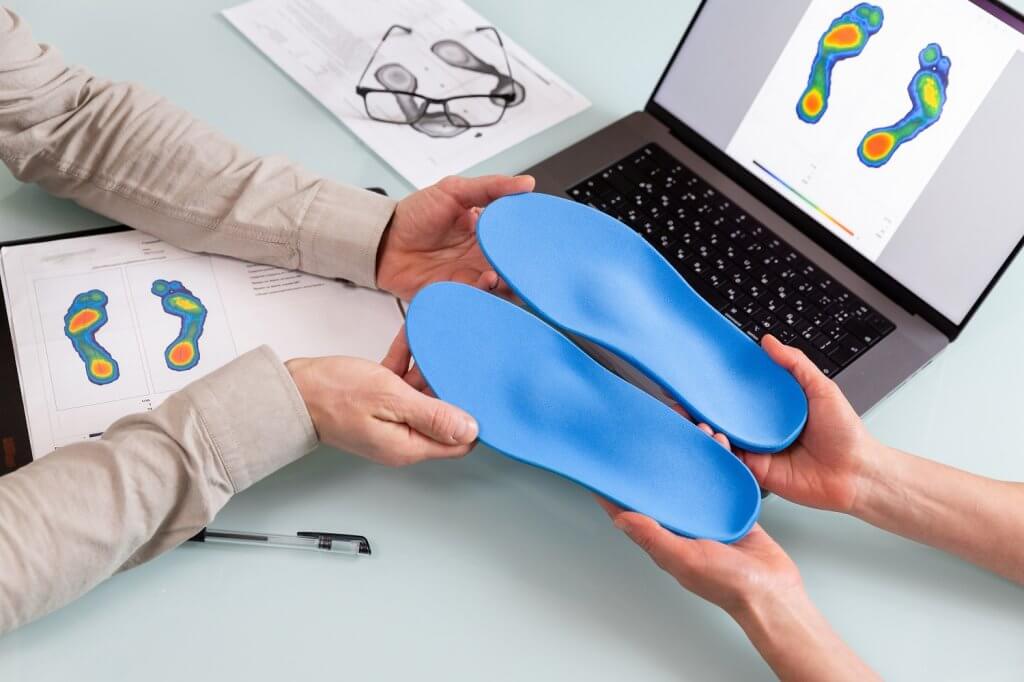Carpal tunnel syndrome is the most common upper extremity neuropathy that our surgeons at Proliance Hand, Wrist and Elbow face. We recently covered one modern surgical treatment for carpal tunnel syndrome, but there are also non-surgical options as well. A carpal tunnel injection is another common treatment for the pain and symptoms associated with carpal tunnel syndrome (CTS). In this article, we’ll dive into the debate between two of the most common conservative treatments: carpal tunnel injections vs. splints, to help you understand which one may be a better option.
What Does Carpal Tunnel Syndrome Feel Like?
Carpal tunnel syndrome (CTS) is a condition that causes numbness and tingling in the thumb, index, and middle fingers, as well as wrist pain that is most noticeable at night. The pins and needles sensation can be very painful and many people describe trying to “get the blood flow,” back in the hand. These symptoms can present slowly over many years or more quickly depending on a variety of factors.
What Can I Expect from Conservative Carpal Tunnel Syndrome Management?
As with many conditions, treatment starts conservatively trying to manage the severity and duration of symptoms. Inflammation and overuse play significant roles in carpal tunnel syndrome and certainly rest with avoidance of aggravating activities can help. Nocturnal use of a wrist brace can help as well to decrease the pressure in the wrist. Many patients sleep in a position with the wrists fully flexed or bent towards the elbow. Research shows this wrist flexed position increases the pressure on the median nerve within the carpal canal. Over prolonged periods of time this position contributes to the nocturnal waking episodes that many patients describe.
The American Academy of Orthopedic Surgeons strongly recommends trying wrist immobilization as a conservative management program. The same strong recommendation is made for corticosteroid injections into the carpal canal. But how do the two treatment options compare?
Wrist Immobilization vs. Steroid Injections: Is one better?
Recent research has confirmed what many patients and surgeons have experienced: that steroid injections tend to have better outcomes and longer relief from carpal tunnel syndrome symptoms than splinting.
One study recently appeared in Lancet; one of the top, if not top, journals in the field of medicine. Researchers randomized a group of carpal tunnel patients to treatment with either nocturnal wrist immobilization with a wrist brace or a corticosteroid injection. The study compared outcomes 6 weeks after starting treatment and there was a clear benefit from steroid injections over bracing. The patients that underwent steroid injections had significant improvements in hand-wrist pain intensity and hand-related insomnia compared with patients who received wrist braces. This study also found that steroid injections are the most cost-effective way to reduce mild to moderate carpal tunnel syndrome for the six months after treatment.
This year, the Journal of Hand Surgery published another study which found similar benefits of corticosteroid injections over wrist braces. In this study the benefit of steroid injection lasted for the entire six-month duration of the research. Both treatments made improvements according to self-reported questionnaires, but corticosteroid injections were significantly better.
How Can Proliance Hand, Wrist and Elbow Physicians Help?
A consultation with Proliance Hand, Wrist and Elbow Physicians can help determine if your hand might benefit from a from a carpal tunnel injection, also known as a steroid injection, if you suffer from carpal tunnel syndrome. Our highly trained occupational therapists are onsite at our Kirkland and Bellevue offices for your convenience to see your hand surgeon and therapist quickly and conveniently. Whether it is time to try a splint, steroid injection or surgical intervention, our staff can help. Contact us to make an appointment at any of our five convenient Eastside locations.
 About the Author:
About the Author:
Samuel E. Galle, M.D. is a board-certified orthopedic surgeon with subspecialty fellowship training in conditions of the hand and upper extremity. He has published numerous peer-reviewed articles and surgical technique videos. He lives in Kirkland, WA with his wife, two kids and one especially spoiled Cavalier King Charles Spaniel.






